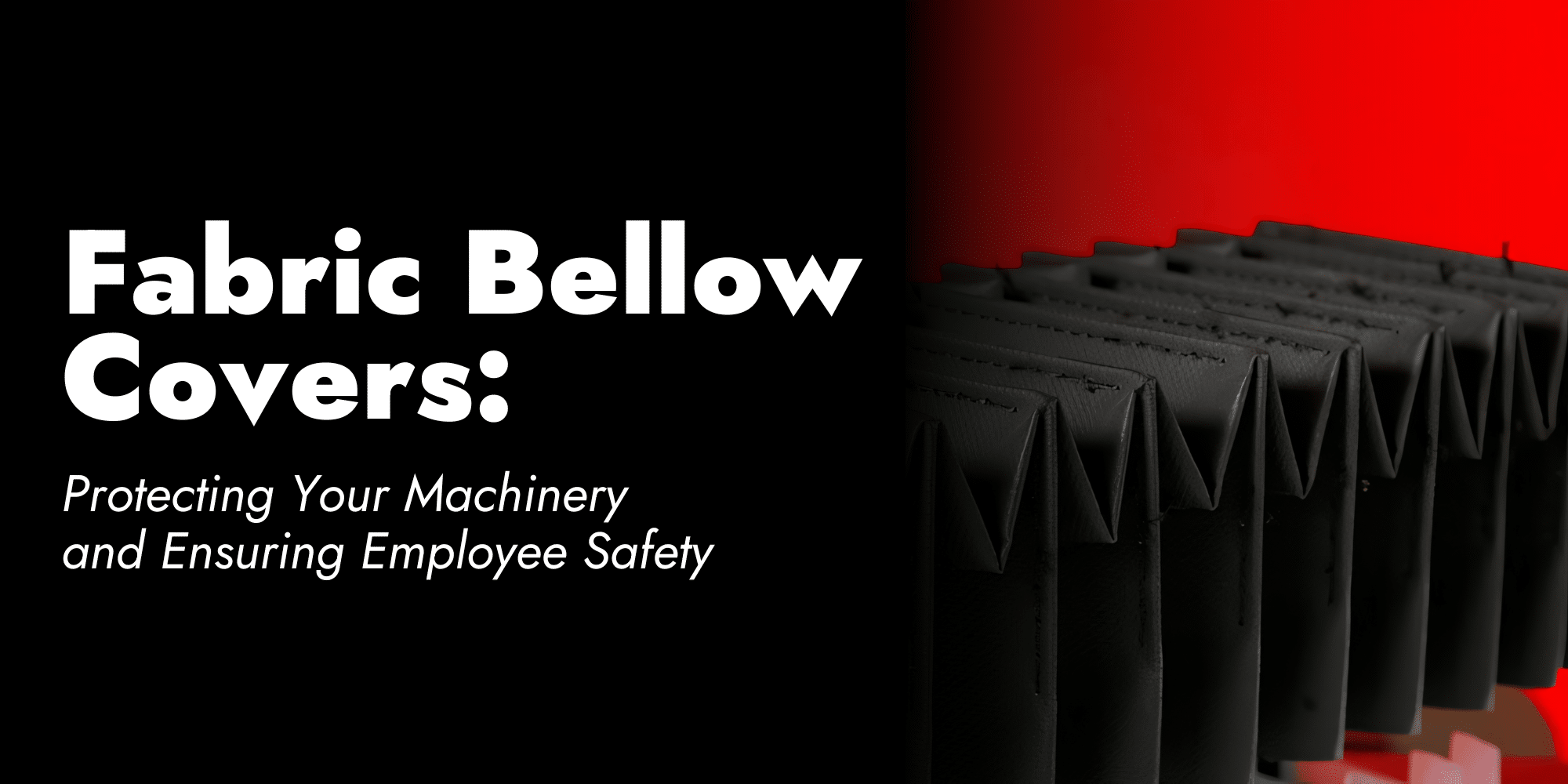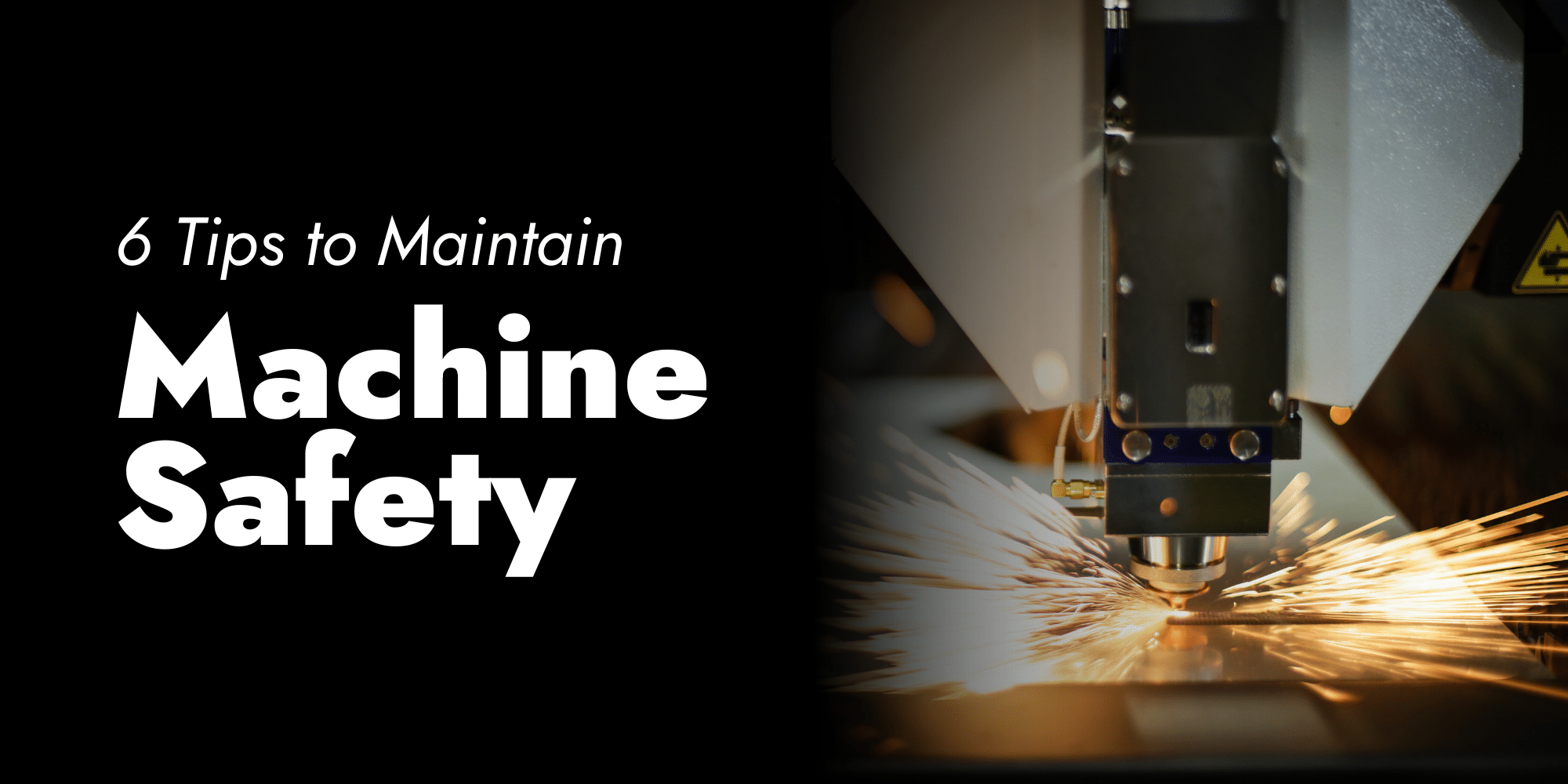Release liners are pivotal elements not only in the tire industry but also in other…
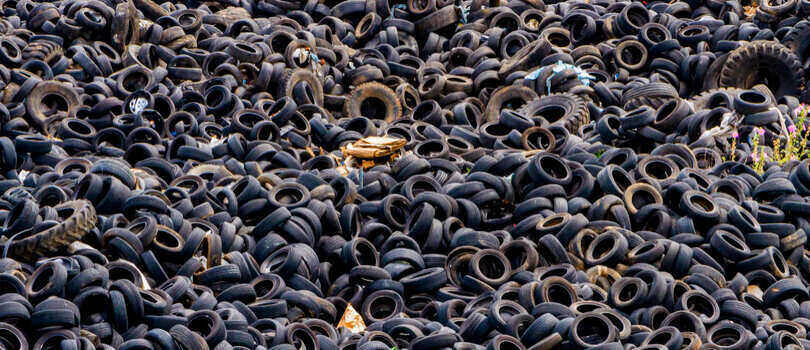
The Need For New Technologies For Recycling Tire Rubber
It’s no secret that rubber tires don’t last forever. In fact, the average lifespan of a car tire is only about four years. And while some tires are made to last longer, eventually all tires will need to be replaced.
So, what happens to all those end-of-life tires? If they’re not properly recycled, they can end up in landfills where they’ll take up valuable space and release harmful toxins into the environment.
That’s why it’s so important to recycle old tires instead of just throwing them away. But recycling tires isn’t as easy as recycling other materials. That’s because rubber is a complex material made up of both synthetic and natural compounds. As a result, recycling companies have had to get creative in their efforts to find ways to recycle waste tires.
What Are The Existing Technologies For Recycling Rubber And Tires?
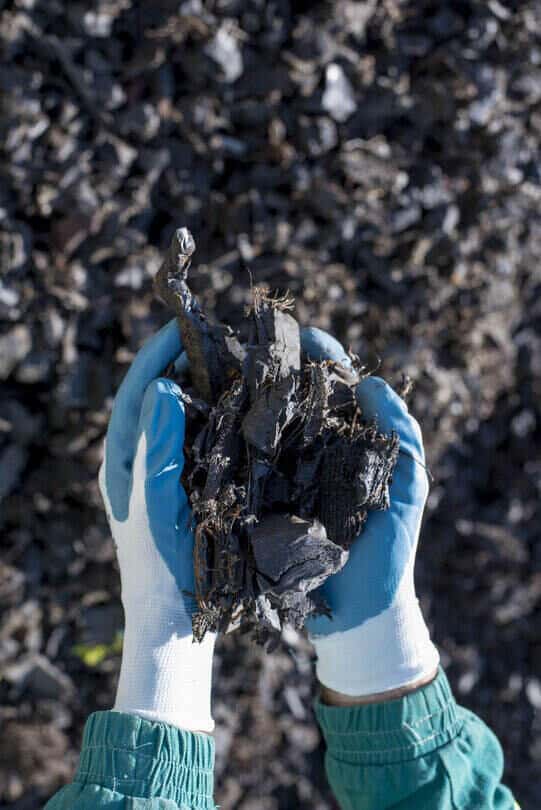
As someone who is interested in sustainability and the environment, you might be wondering about the existing technologies for tire recycling. Unfortunately, there is no one-size-fits-all answer to this question, as the best recycling method depends on the type and quantity of rubber or tire waste that is available.
However, some common methods of recycling rubber and waste tires include shredding, grinding, pyrolysis, and devulcanization.
Shredding
Shredding is a mechanical process that reduces rubber or tires into small pieces that can then be used as filler in various products like asphalt. This method is often used to recycle waste from manufacturing operations or tire-retreading businesses.
Grinding
Grinding is another mechanical process that can be used to reduce the size of used tire waste. However, unlike shredding, grinding typically results in a finer powder called crumb rubber that can be reused in new products.
Pyrolysis
Pyrolysis is a thermal decomposition process that involves heating scrap tires in the absence of oxygen. This process can be used to generate fuel gases, oils, and char that can be reused or sold.
Devulcanization
Finally, devulcanization is a chemical process that uses solvents or enzymes to break down the cross-links in vulcanised rubber. This process can be used to recycle vulcanised waste back into raw materials that can be used in new products.
What Is A Sustainability Policy And How Is It Connected To Recycling Tire Rubber?
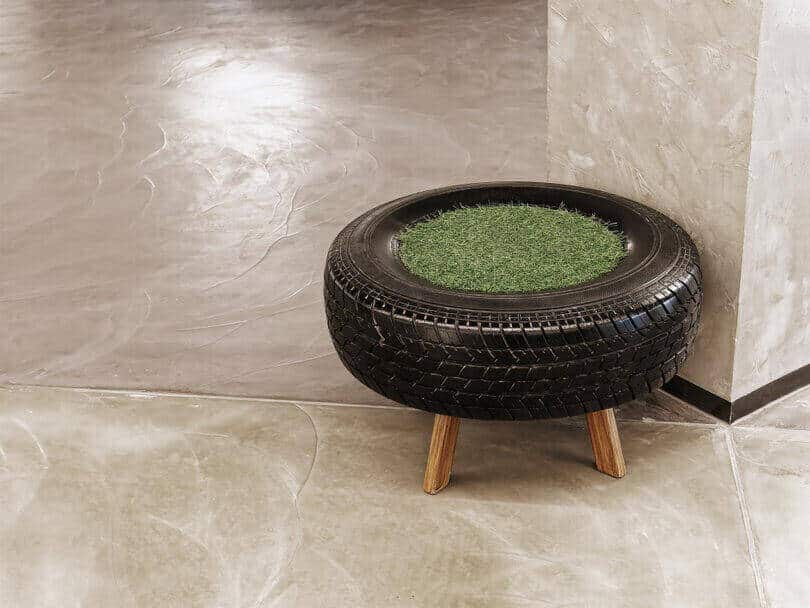
A sustainability policy is a document that sets out an organisation’s commitment to sustainable development. It outlines the responsibilities of each member of the organisation in relation to environmental, social, and economic issues. The policy should also set out how the organisation will achieve its sustainability objectives. Tire recycling is one way in which a company can reduce its impact on the environment and contribute to sustainable development.
Used tires are a major source of waste, and they can take up to 500 years to break down in a landfill. Recycling tires helps to reduce this environmental impact and can also provide a valuable resource for other industries. For example, recycled tire rubber can be used in the production of new tires, carpeting, floor mats, and other products. By implementing a sustainability policy and recycling used tires, organisations can make a positive contribution to the environment and the economy.
What Is The Carbon Footprint Of Tire Manufacturing And Why Is There A Need For Recycling?
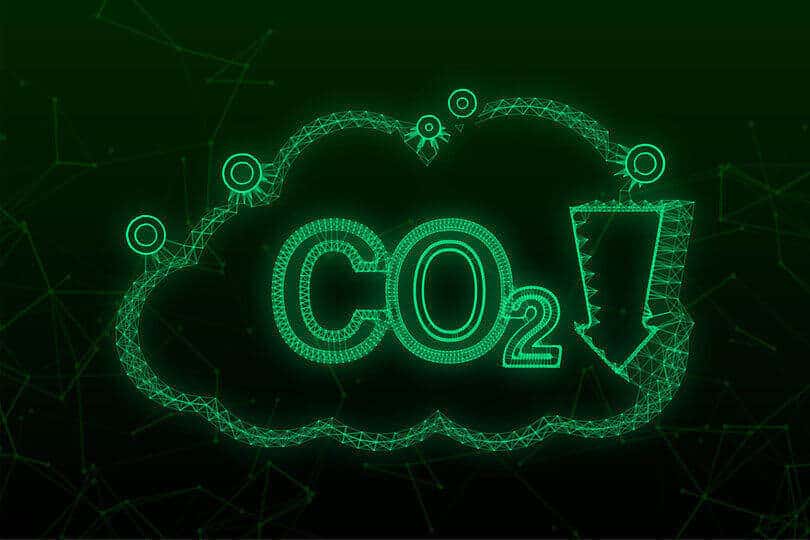
Have you ever wondered how much pollution is produced by making a single tire? The manufacturing process for tires is surprisingly polluting and has a large carbon footprint.
A brief breakdown of the carbon footprint tire manufacturing
Tires are made of natural rubber, synthetic rubber, fabric, steel, and other chemicals. Rubber is the only part of the tire that comes from a renewable resource – trees. The process of turning trees into rubber requires a lot of energy and emits harmful pollutants into the air.
The synthetic rubber used in tires is made from petroleum products which are non-renewable resources. The production of synthetic rubber also emits harmful pollutants into the air. In addition, the process of vulcanizing tires – which gives them their strength and durability – uses sulphur dioxide, carbon black, and other chemicals which are hazardous to human health.
All these steps require a lot of energy to process which results in a large carbon footprint. So, what can be done to reduce the impact of tire manufacturing on the environment? One solution is tire recycling.
Why is there a need for tire recycling?
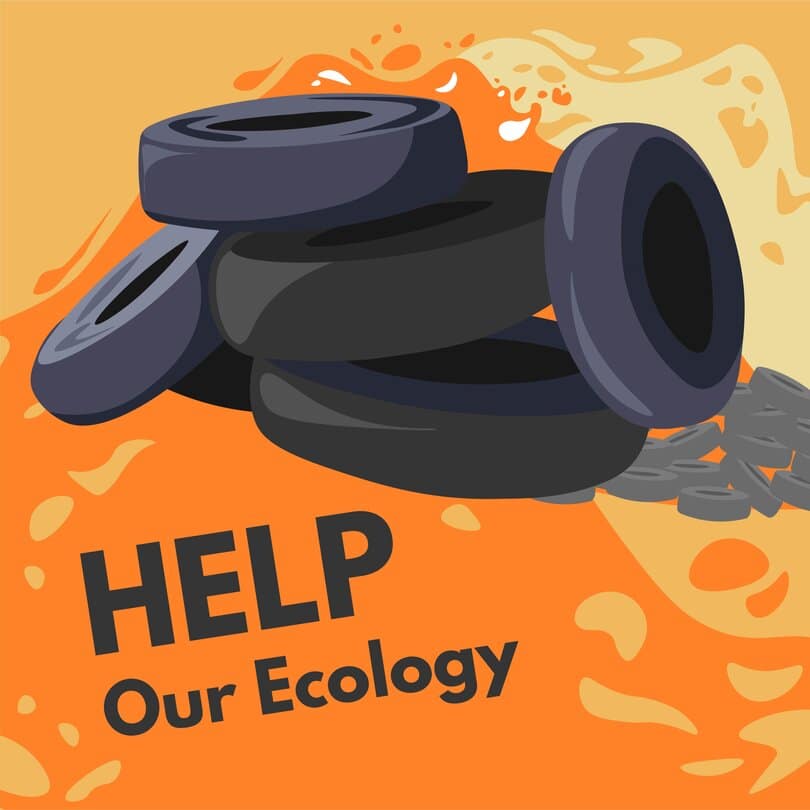
One of the biggest reasons why there is a need for tire recycling is that they take up space in landfills. The average car tire is about four feet wide and two feet tall. That doesn’t seem like much but when you consider that there are about 284 million vehicles on the road in the United States, that’s a lot of space being taken up by tires!
Not to mention the quality of tires required to keep them going for years avoiding on-road and off-road damage, like truck tires or those manufactured for the aviation industry. If we can recycle those tires, it allows landfills some free space to breathe due to the reduction in the number of waste tires. Plus, it’s better for the environment since we’re not burning tires, which according to the Rubber Manufacturers Association, is what happens to most scrap tires.
Tires Recycled into New Products
When you recycle tires, you aren’t just getting rid of them. You are actually creating new products! Tire recycling provides crumb rubber which is used in everything from playground surfaces to running tracks. It’s also used as an infill for artificial turf fields.
This rubber crumb can also be used as an additive in asphalt which gives it more strength and flexibility. Asphalt made with tire crumb lasts longer and is more resistant to cracking and potholes.
Tires Recycled for Better Environment
Another reason to recycle tires is that it helps reduce pollution. Tires are made from petroleum and when they sit in landfills, they can release harmful chemicals into the air and groundwater. By recycling waste tires, we can help reduce this pollution and keep our environment healthy.
Tires Recycled for Boosting Economic Growth
In addition to being good for the environment, recycled tires can also provide a boost to the economy. The process of recycling tires creates new jobs in the industry while also providing a new outlet for recycled rubber and steel.
What’s more, using recycled materials in lieu of virgin materials can help save money while still maintaining product quality. For example, it costs 20 percent less to make a truck tire using recycled steel than it does to use new steel.
When you choose to recycle your old tires instead of just throwing them away, you’re helping to create jobs and support the economy while also doing your part to protect the environment. It’s a win-win for everyone involved!
Tire Recycling is on The Rise
Fortunately, an increasing number of companies are committed to recycling old tires instead of just throwing them away. In fact, about 80% of scrap tires are now being recycled or reused in some way.
The most common method is tire-derived fuel (TDF), which involves grinding up old tires and using them as fuel in cement kilns or paper mills. Shredded tires are used as filler in asphalt or playground surfaces. The benefits of something recycled like rubberized asphalt, a derivative of the process, are tremendous and contribute to sustainability as a whole.
And finally, whole tires can be used to make new products like trailer floor mats or speed bumps.
What Are The Trends In Recycling Rubber Tires, Rubber Scraps, And Release Liners?
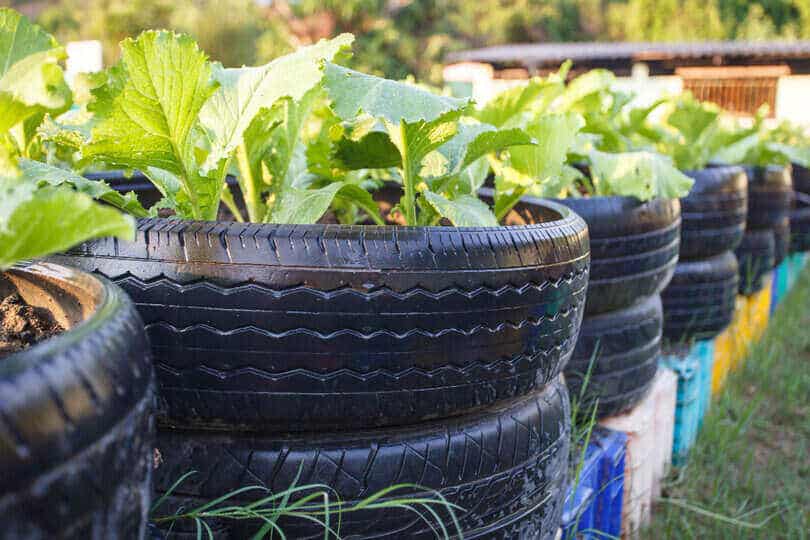
According to the EPA, approximately 290 million scrap tires are generated in the United States each year. Of these, about 33% are used as tire-derived fuel, 30% are exported, 15% are turned into ground rubber, and 12% are used in civil engineering applications.
With so many scrap tires generated each year in the United States alone, it’s no wonder that recycling rubber has become a big business. In fact, the recycling of rubber tires, scraps, and release liners is a multi-million dollar industry with some surprising trends emerging in recent years. Here are some of the most interesting trends in rubber recycling that you may not know about.
1. More and more rubber is being recycled each year
In 2017, the EPA reported that approximately 79% of waste tires were being recycled or reused. This is up from just 17% in 1990. The increased recycling rate is due to a combination of factors including improved collection methods, advanced processing technologies, and an increase in the number of end-uses for recycled rubber products.
2. Tires are being used to create everything from basketball courts to running tracks
One of the most popular uses for recycled tire rubber is in the construction of outdoor athletic facilities like basketball courts, running tracks, and playgrounds. That’s because tire rubber is durable and can withstand heavy foot traffic and extreme weather conditions. Additionally, tire rubber is often used as an infill for artificial turf fields since it provides a cushion for athletes and helps to absorb impact.
3. Rubber recycling is becoming more energy-efficient
In the past, recycling rubber was an energy-intensive process that required large amounts of water and chemicals. However, new technologies have emerged in recent years that have made rubber recycling much more efficient and environmentally friendly. For example, cryogenic grinding uses liquid nitrogen to freeze tire scrap before its ground into crumb rubber which reduces energy consumption and improves safety during the grinding process.
OTEGO – Committed to Ensuring Sustainability in Manufacturing Release Liners
Sustainable tire recycling requires more than just finding a new use for old tires. It also involves making sure that the recycling process itself is environmentally friendly. That means using energy-efficient methods and avoiding harmful chemicals and pollutants. By taking these steps, we can ensure that tire recycling is truly sustainable.
At OTEGO, we understand that sustainability is about more than just being environmentally friendly. It’s also about creating products that have a positive impact on the people and communities where we live and work.
That’s why we’re committed to manufacturing release liners in a way that is sustainable and responsible. We implement sourcing and manufacturing processes that are sustainable without sacrificing the quality and durability of our products. We also work closely with our partners to ensure that they are following sustainable practices in their own operations. By working together, we can create a supply chain that is truly sustainable from start to finish.
Contact us if you’re interested in partnering with a sustainable company like us for your technical textile needs.

